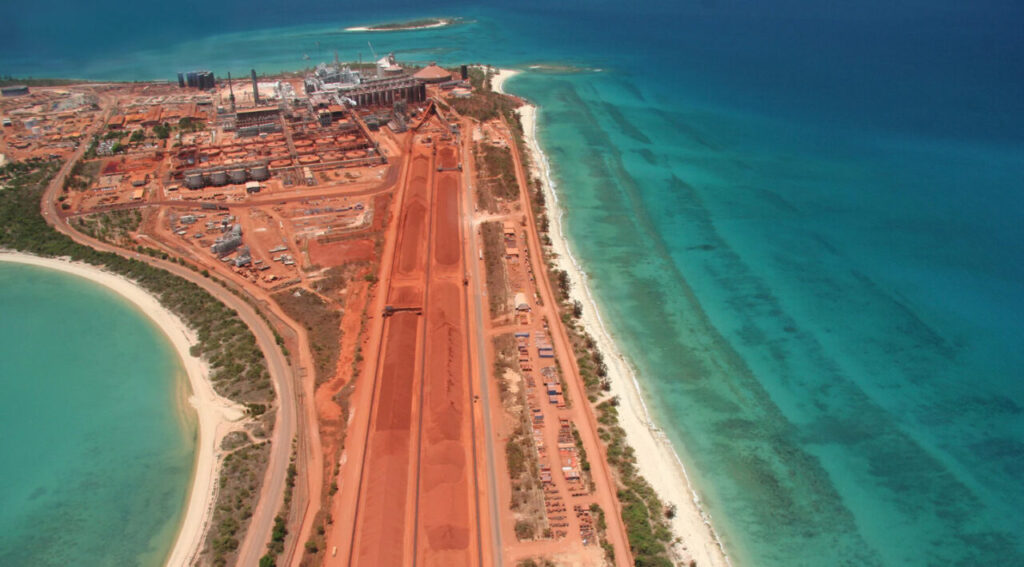
British-Australian multinational mining company Rio Tinto is set to develop two 5.25MW solar farms in the Gove Peninsula of the Northern Territory, Australia.
The solar farms will be developed in Gumatj and Rirratjingu country, both Aboriginal communities, on Rio Tinto leases. This is following agreements with the Gumatj and Rirratjingu Traditional Owner Groups.
Try Premium for just $1
- Full premium access for the first month at only $1
- Converts to an annual rate after 30 days unless cancelled
- Cancel anytime during the trial period
Premium Benefits
- Expert industry analysis and interviews
- Digital access to PV Tech Power journal
- Exclusive event discounts
Or get the full Premium subscription right away
Or continue reading this article for free
Crucially, the development of the solar farms will help produce green electricity and spur low-carbon growth for the Gove community once mining operations cease, with this expected towards the end of this decade.
Rio Tinto began mining operations in the Gove peninsula in 1971 and currently extracts bauxite. The organisation’s plant produces around 11.56Mt per year, and bauxite is the most common ore of aluminium. Rio Tinto’s plant supplies domestic manufacturers such as Queensland Alumina Limited and Yarwun refineries in Gladstone, Queensland.
Power generation equipment supplier Aggreko has agreed to construct, own and operate the solar farms for Rio Tinto for up to 10 years, beginning construction in July 2024 and with completion scheduled for early 2025.
According to Rio Tinto, the solar farms, once complete, are expected to reduce the region’s annual diesel consumption by about 20%, or 4.5 million litres a year.
Commenting on the development of the solar farms, Rio Tinto Gove operations acting general manager Shannon Price said that the projects will “leave a positive legacy for the Gove Peninsula communities after bauxite mining ceases”.
“We are working in partnership with the Northern Territory government and Traditional Owners to ensure a smooth transition of leased land and town assets and infrastructure as Rio Tinto prepares to stop mining at Gove later this decade,” Price said.
“We are committed to helping plan for the region’s future, which includes providing options for reliable, affordable and environmentally sustainable infrastructure.”
Rio Tinto leverages Aboriginal support for renewable energy assets
This is not the first time Rio Tinto has used Aboriginal communities’ support to develop solar assets in Australia.
In October 2023, the mining major signed a memorandum of understanding (MoU) with the Aboriginal energy partnership, Yindjibarndi Energy Corporation (YEC), to pursue the development of solar and wind projects in the Pilbara region of Western Australia.
The total capacity of the potential projects under the MoU was not clarified, though Rio Tinto said that around 600-700MW of renewables generation would be required to “displace the majority of gas use” from its four operational Pilbara gas power stations. It was also currently assessing the development of around 300MW of solar projects.
It added that the MoU will relate to some of the YEC’s Stage 1 projects for 750MW combined solar, wind and battery storage projects.






